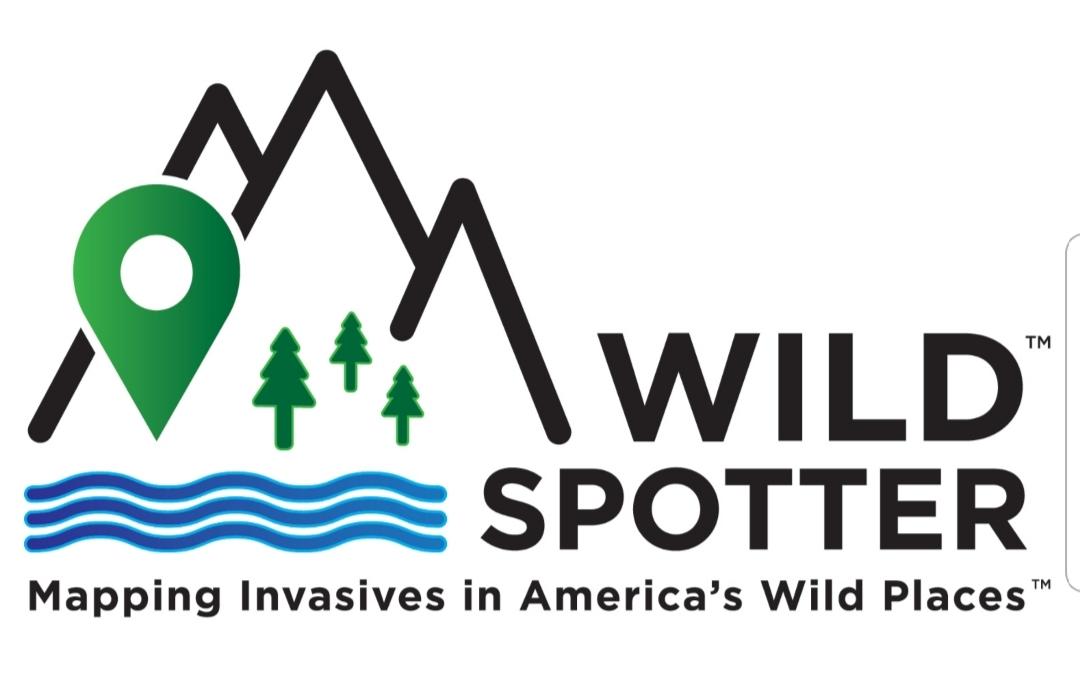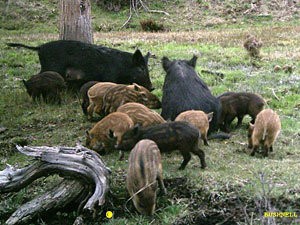Oregon’s Siuslaw National Forest to Take Part in Nationwide Invasive Species Project
/Oregon’s Siuslaw National Forest is joining a nationwide effort to stop the spread of invasive species. This pilot program comes from the University of Georgia and collaborates with 12 other U.S. National Forests and Grasslands. This project is centered around an app that is free to download called “Wild Spotter”. It gives you information to help you identify, map, and report invasive species while you are trekking through your favorite wilderness areas. Chelsea Monks from the Siuslaw National Forest says volunteerism is crucial to large-scale scientific endeavors: “The public accesses land more than we can possibly do… so if we leverage that access and that use to help us track these invasive species, we will be able to respond quicker and hopefully get a handle on them faster”. This app will be the first inventory of its kind to spread nationwide.
The original article was written by Alec Cowan for KLCC, NPR for Oregonians.
Click here to read the full article.






